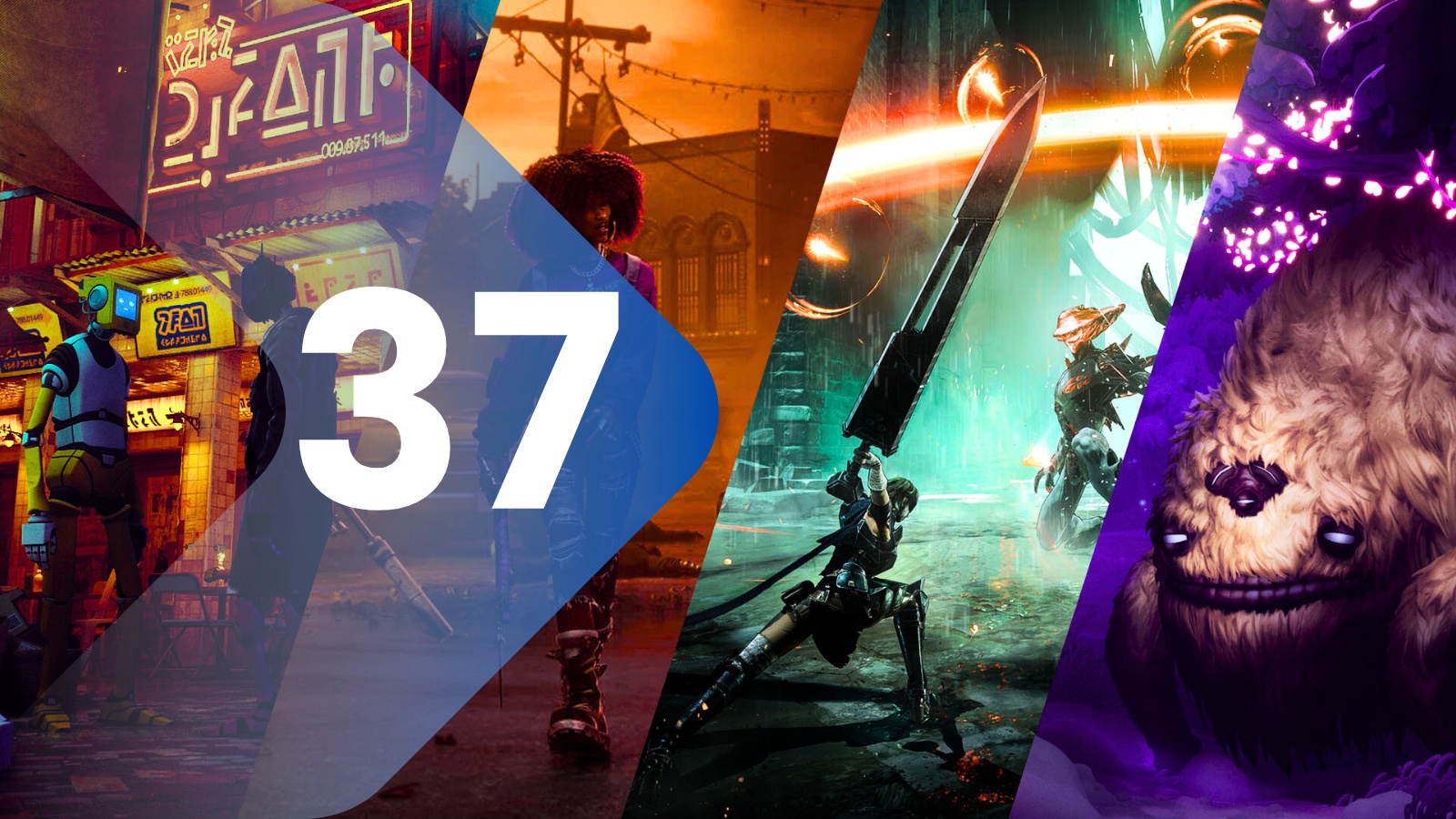
On Day 37, learners explore the heart of gameplay by designing and implementing genre-specific game mechanics. This day is highly creative and technical, focusing on how different genres require distinct player experiences and interaction systems. Whether you’re creating a horror survival game, open-world exploration, first-person shooter, or RPG, the day guides you through designing mechanics that match the narrative and player expectations.
You’ll begin by understanding the core mechanic loop for each genre—like stealth and scare systems in horror, dialog trees and leveling systems in RPGs, shooting and aiming in FPS, or dynamic quests and exploration in open-world games. Learners will choose a project genre and focus on implementing gameplay elements relevant to it.
For example:
-
In Horror, you may build a flashlight mechanic with limited battery life, sound-triggered AI, or sanity levels.
-
In RPGs, you’ll set up stats, health/mana systems, and maybe an inventory or quest tracker.
-
FPS design might include recoil systems, ammo handling, or hit detection.
-
Adventure games can involve puzzle mechanics, item combination, or environmental storytelling.
Using Blueprints or a mix of Blueprints and C++, students will design these mechanics interactively, with real-time testing in the editor. You’ll also discuss balancing challenges, player progression, and UI elements that support these mechanics—like health bars, ammo counters, or inventory grids.
The day concludes with peer demos, showcasing how mechanics align with the tone, pacing, and goals of the chosen game genre. By the end of Day 37, you’ll have at least one core mechanic up and running—an essential milestone in game development.
